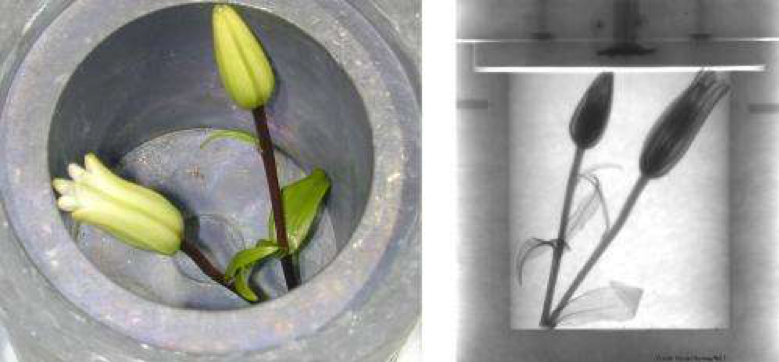Neutrons for Nanoscience!
scallori2021-07-21T14:18:59-06:00When we examine the world around us, we observe its structure, or where things are, as well as its dynamics, or how things move and interact. Likewise, when we investigate a new material, we want to understand its structure and dynamics—where the atoms and molecules are, and what they are doing. To do this, we need measurement techniques that can tell us what is happening at a very small scale. Read on to find out how neutrons come to our rescue!




